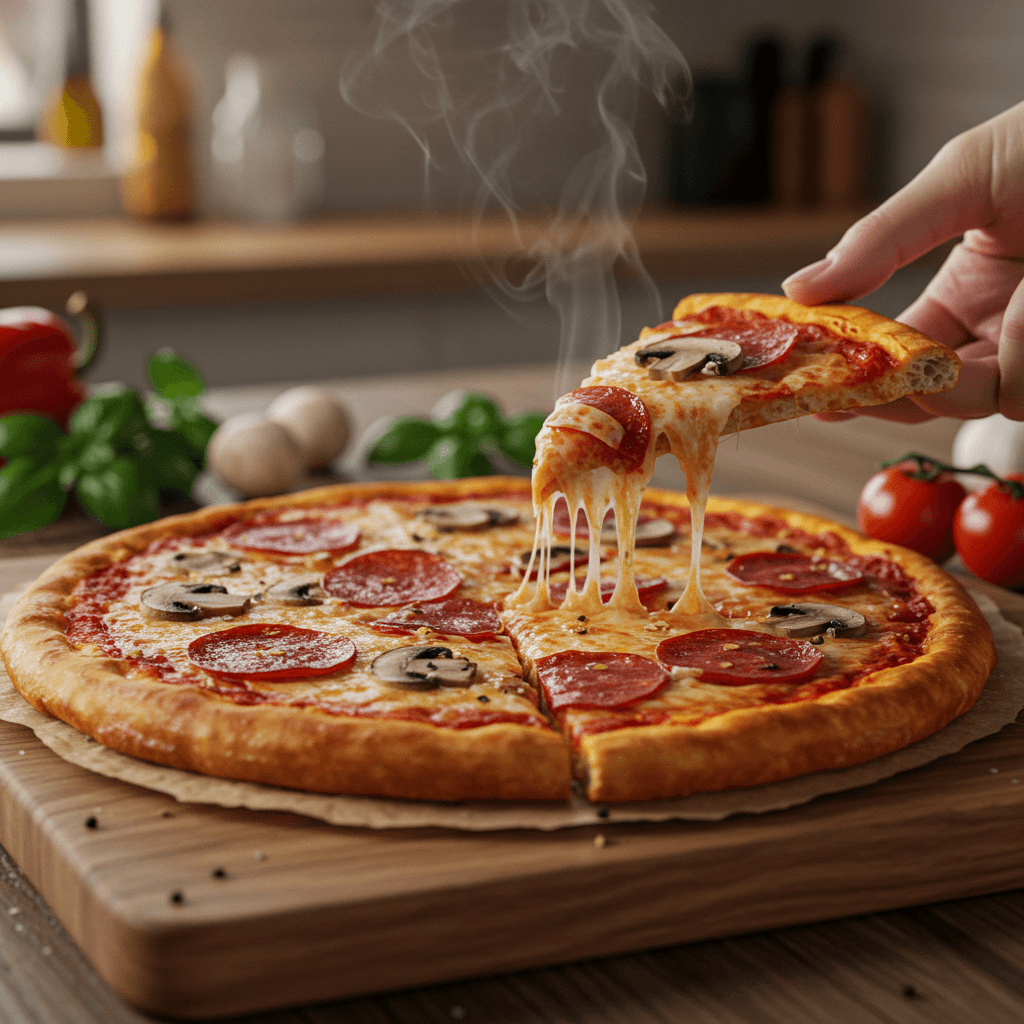Step-by-Step Dough Instructions
Making pizza dough is simpler than you think. The magic is in the fermentation. Start by combining your flour, yeast, and salt in a large mixing bowl. Pour in the warm water and olive oil, and mix until a shaggy dough forms.
Turn the dough out onto a lightly floured surface and knead for 8-10 minutes, until it's smooth and elastic. Place it in a lightly oiled bowl, cover, and let it rise in a warm spot for 1-2 hours, or until doubled in size. Once risen, you're ready to shape your pizza and add your favorite toppings. A classic combination of pepperoni and thinly sliced onions with a generous layer of cheese is always a winner.
Gently press the dough into a circle, leaving the outer edge slightly thicker for the crust. Top with sauce, a thick blanket of cheese, your pepperoni, and onions. Bake in a preheated oven at 500°F (260°C) on a pizza stone for 10-12 minutes, or until the crust is golden and the cheese is bubbly and delicious.







